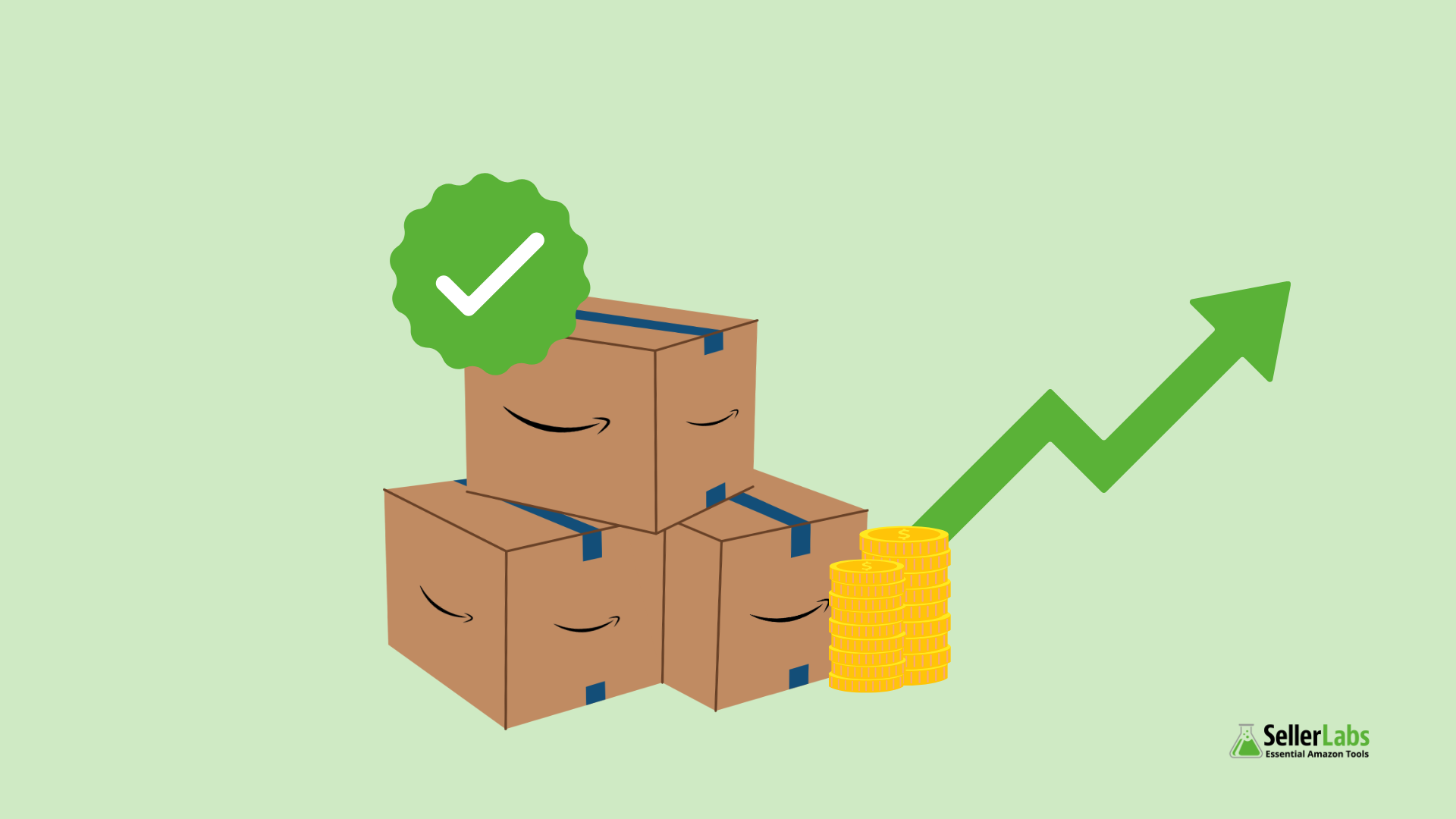Remember when private label selling on Amazon felt like a digital gold rush? You could slap a logo on a garlic press, run a few giveaways, and suddenly find yourself on Page 1 with profit margins to match. Fast forward to 2025, and the game has changed.
Today, with rising Amazon fees, saturated niches, and a platform favoring brands over generics, many sellers are asking:
Is private label still a viable path or is it a race you can no longer win?
Let’s break it down.
The Reality of Private Label in 2025
What’s Changed?
Amazon private label has evolved. Here are the biggest shifts affecting sellers:
🔺 Rising Costs – FBA fees, storage fees, and ad costs are cutting into margins.
🔺 More Competition – Bigger brands and overseas manufacturers selling direct are flooding categories, pushing out weak or copycat products.
🔺 Amazon’s Own Brands – AmazonBasics and other in-house brands compete directly with sellers.
🔺 Harder Product Launches – Ranking on Page 1 is no longer as simple as running PPC and giveaways. Launching now requires strategy and differentiation.
What’s Still the Same?
Despite all the shifts, the core benefits of private label still hold strong—if you play your cards right:
✅ Brand Control – Unlike resellers, private label sellers can build a lasting brand identity.
✅ Higher Margins (If Done Right) – A well-branded product with strong differentiation can still command premium pricing.
✅ Amazon Rewards External Traffic – With programs like the Brand Referral Bonus, sellers who drive traffic from outside Amazon can reclaim margin and boost visibility.
Is Private Label Still Profitable?
While private label is more challenging, it’s still profitable if you evolve your strategy. Here’s how:
1. Pick the Right Products (Avoid Saturation)
Many sellers fail because they launch generic products in overcrowded niches. Instead:
- Low-competition, high-demand niches backed by keyword research.
- Products with unique angles, design tweaks, bundling, or audience-specific features.
- Tools like Helium 10, Jungle Scout, or Data Dive to identify underserved opportunities.
2. Build a Brand, Not Just a Product
In 2025, Amazon is favoring brands over generic private label sellers. To succeed:
- Enroll in Brand Registry for A+ Content and enhanced branding.
- Invest in visual assets: video, lifestyle images, and infographics sell far more than white background photos.
- Build a loyal customer base with email marketing and social media.
3. Master Amazon Advertising (But Don’t Rely on It Alone)
Amazon PPC remains powerful, but the cost per click has surged across most categories. Sellers must:
- Use long-tail, less competitive keywords to lower ACoS.
- Test video ads and Sponsored Brand Ads for higher engagement.
- Diversify with Google Ads, influencers, and email marketing to reduce ad spend reliance.
4. Use Amazon’s Programs to Your Advantage
Amazon rewards sellers who use external traffic and new growth programs:
- Brand Referral Bonus: Get up to 10% back for external sales.
- Vine Program: Get early reviews to improve conversion rates.
- Amazon Warehousing & Distribution (AWD): Lower storage fees for bulk inventory.
5. Avoid the Race to the Bottom
Many private label sellers fail because they compete on price instead of value. Instead:
- Differentiate with better materials, unique features, or bundling.
- Focus on solving a problem instead of just selling another version of an existing product.
- Price based on value, not just competition—premium brands win in 2025.
Final Verdict: Still Worth It?
Yes, private label is still profitable in 2025—IF you adapt. The days of throwing a logo on a generic product and ranking overnight are over. But sellers who focus on brand-building, unique value, and external traffic can still dominate.
📢 Boost Your Amazon Success with Seller Labs!
Seller Labs offers tools that help you make smarter, data-driven decisions—built for the challenges of 2025
